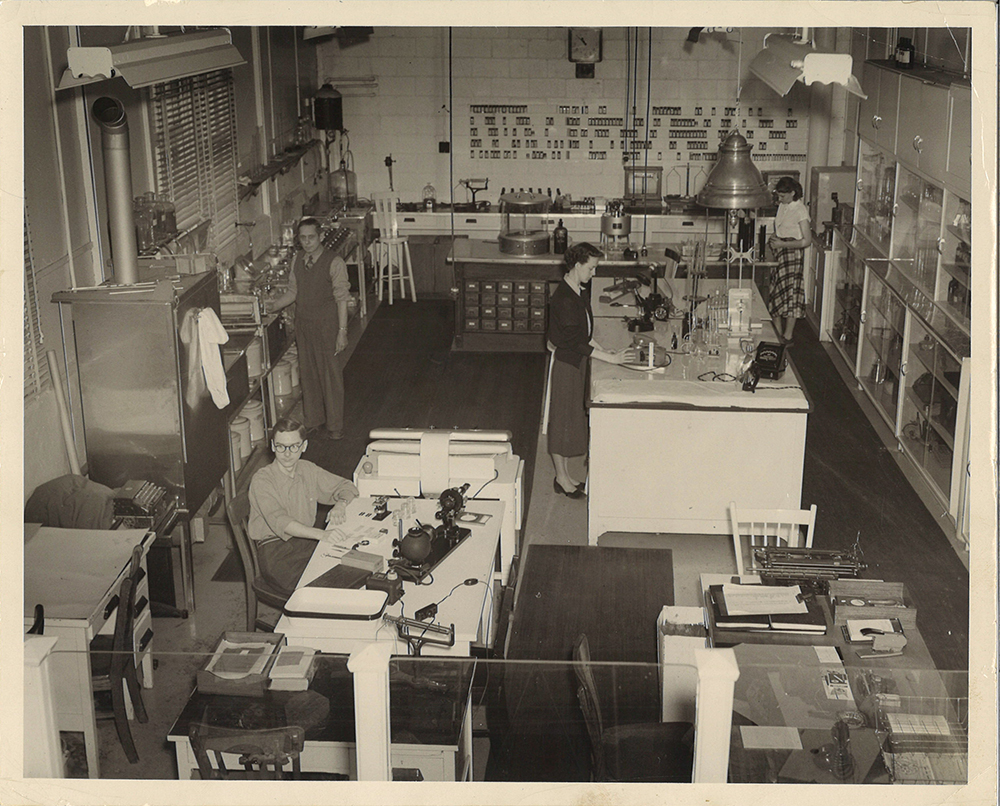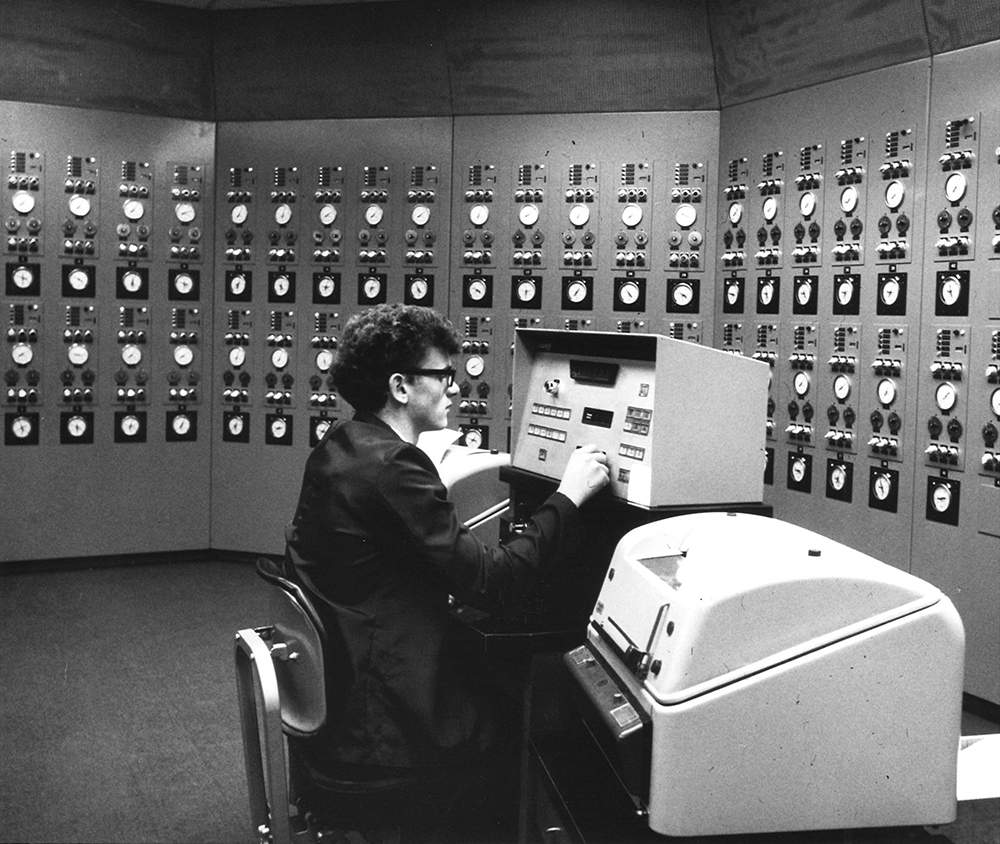International expansion and innovation
Regional and international expansion
After operating at full capacity during the Second World War, Bruck Silk Mills begins construction of a new $300,000 plant in Sherbrooke in 1947. It sets up part of its throwing operations in Farnham. In Saint-Jean-sur-Richelieu, it acquires Dominion Spinners Limited in 1946, which produces crepe fabrics. It opens two other branches during the same period. Internationally, in addition to its sales offices in New York, London, Melbourne, and Sydney, Bruck founds a new company in 1946 in Wangaratta, Australia: Bruck Mills Australia Limited, which still operates today under the name Bruck Textiles.
Bruck as a textile industry leader
While many textile mills in Canada are experiencing difficulties due to foreign competition, Bruck Mills positions itself as a leader in the Canadian industry by developing new processes and cutting-edge technology. Under Gerald Bruck’s informed leadership, it anticipates fashion cycles and offers niche products, such as “milium” fabric, a new product that exceeds expectations in 1954.
The company fosters employee training and is constantly innovating. In 1963, it invests $1,300,000 to increase and improve its production capacity. In 1967, it is the first in Canada to acquire a rotating fabric frame for screen printing. In 1969, thanks to the vision of General Manager Ralph Maddocks, it is the first textile mill in Canada to use a computer to automate its dyeing operations, thus reducing its workforce by half and its departmental costs by 20%.





